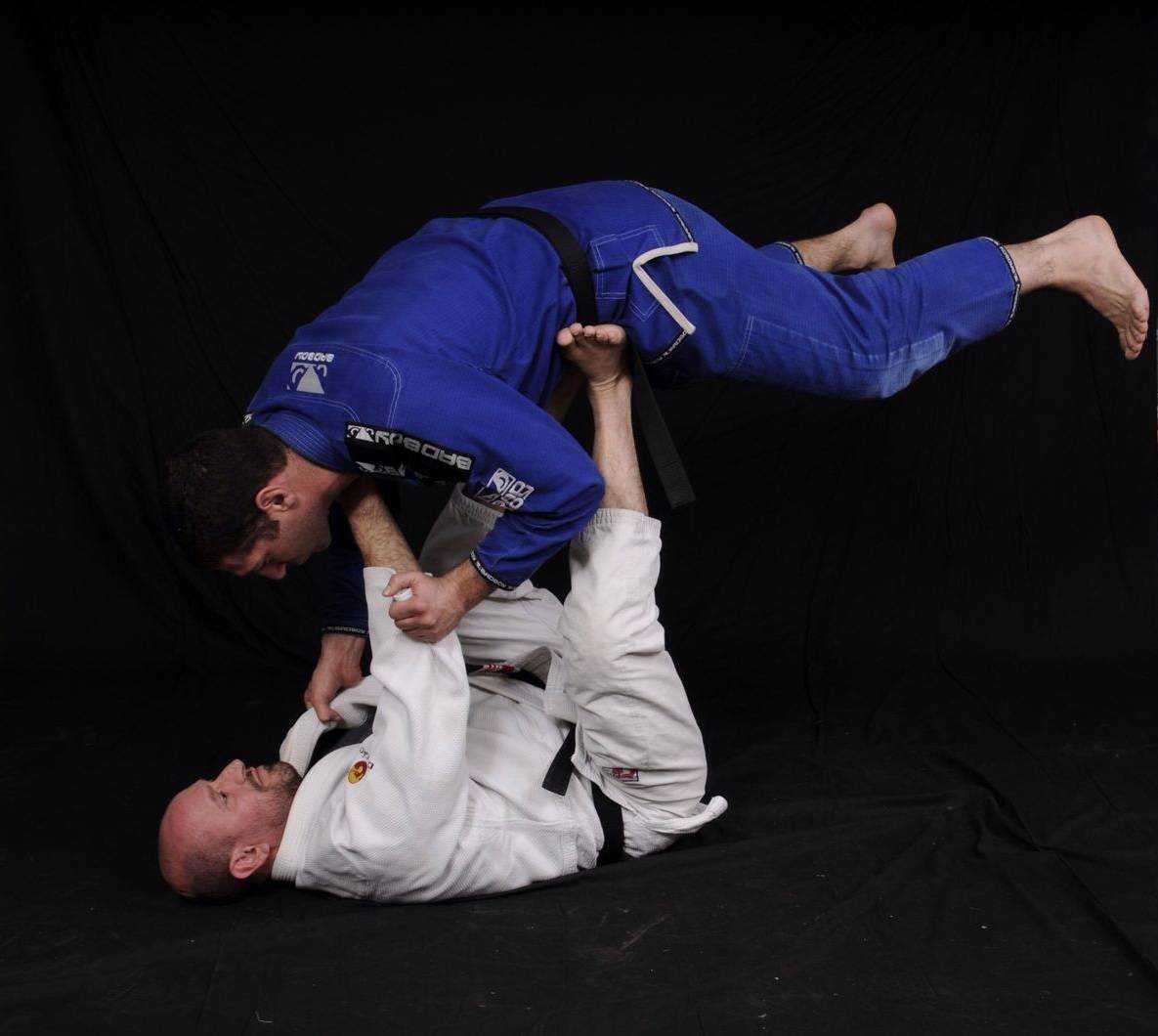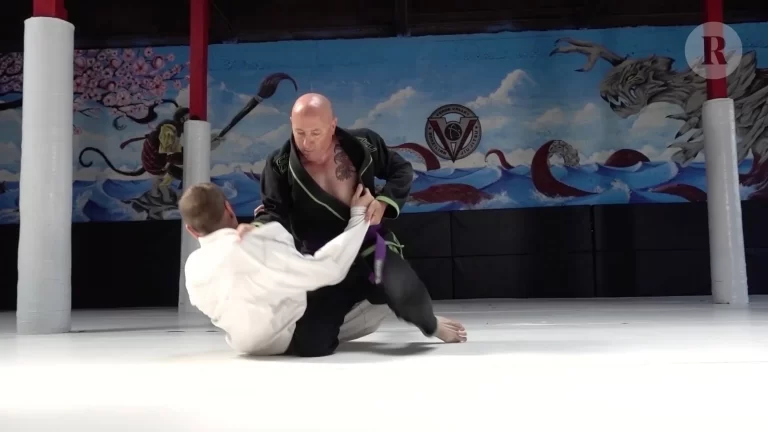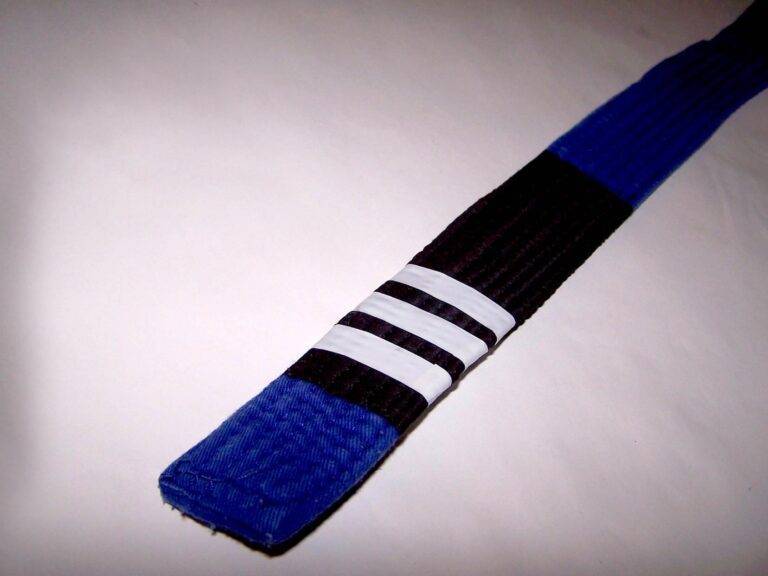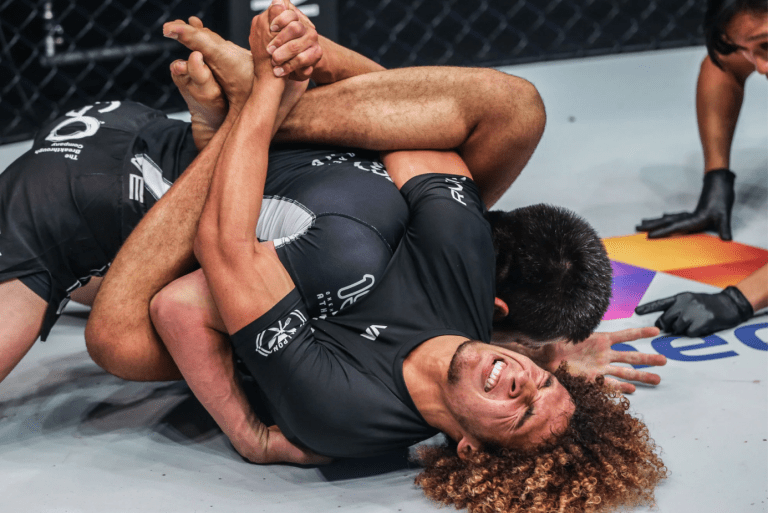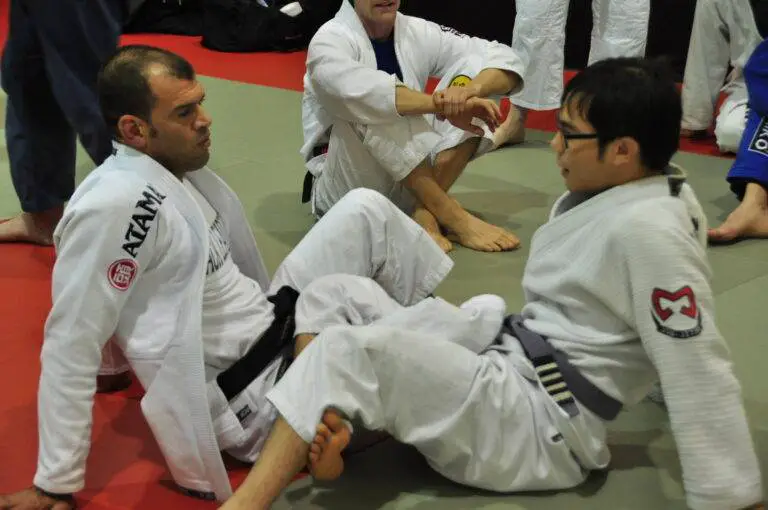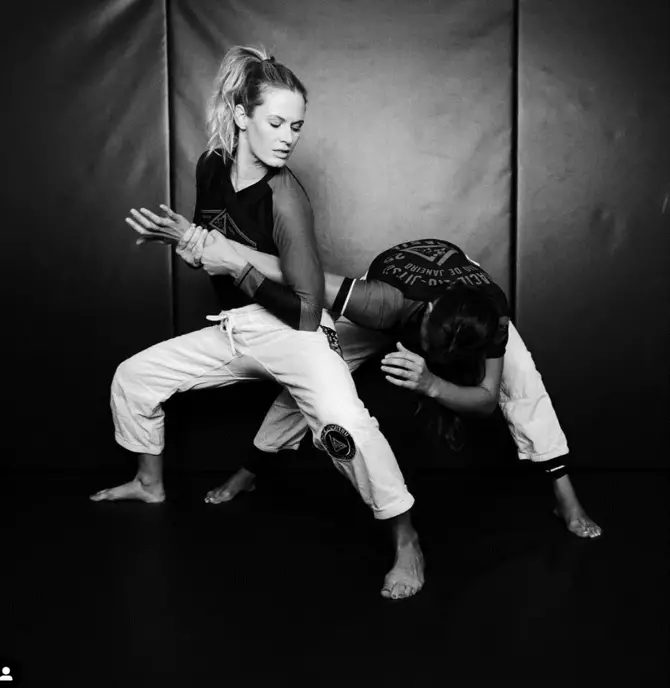Basic BJJ Techniques and Concepts Every Beginner Should Know
Brazilian Jiu-Jitsu is a physically and mentally demanding sport that requires dedication and practice to master. As a beginner, it can be overwhelming to learn the basics, so we have put together a list of the most important BJJ techniques and concepts that every beginner should know.
The Fundamentals of BJJ
When we talk about the fundamentals of BJJ what we are really talking about are the basic techniques that serve as the foundation for all other learning in the sport. As a beginner, it is essential to learn and master these fundamental techniques in order to build a good base of knowledge and progress in your BJJ journey. Here are the main the categories in BJJ fundamentals:
- Take downs
- Closed & Open Guard
- Guard passing
- Submissions
- Mount escapes
- Back mount escapes
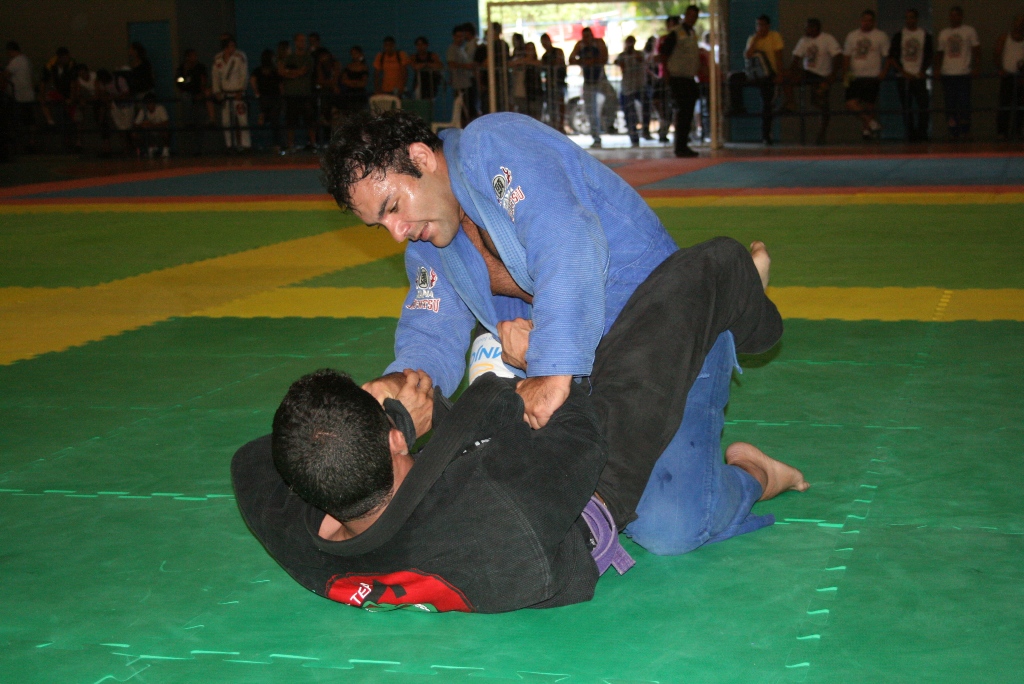
The Guard
The guard is one of the most important positions and concepts in BJJ. While it comes from a defensive position, the guard can also be used to attack. The most common guard in BJJ is “closed guard”, which is where a practitioner is on their back and has one or both legs wrapped around their opponent. The objective of the guard is to control the opponent, prevent them from passing, and set up submissions. While closed guard might be the most commonly recognized position, there are many more types of guards, including:
- Open Guard: The open guard is a guard in which the legs of the bottom person are used to control the top person’s movements, but the legs are not locked together. The open guard allows for a wide range of movements and submissions, but it can also leave the bottom person vulnerable to passes.
- Half Guard: The half guard is a hybrid of the open and closed guard, in which one of the bottom person’s legs is between the top person’s legs, and the other is used to control the top person’s movements. The half guard can provide a good balance of control and versatility.
- Butterfly Guard: The butterfly guard is a type of open guard in which the bottom person’s feet are hooked around the top person’s hips. The butterfly guard is used to sweep the top person and to control their movements.
- De La Riva Guard: The De La Riva guard is a type of open guard in which one of the bottom person’s legs is hooked around the top person’s leg. The De La Riva guard is used to control the top person’s movements and to set up sweeps and submissions.
- X-Guard: The X-guard is a type of open guard in which the bottom person’s legs are crossed and hooked around the top person’s hips. The X-guard is used to sweep the top person and to control their movements.
Take Downs
Take downs are techniques used to bring an opponent to the ground. They are an important aspect of BJJ as they provide the practitioner with a dominant position from which to work.
Some of the most popular BJJ takedowns for beginners include:
- Single Leg
- Double Leg
- Trip Takedowns
- Hip Throws
- Collar Drag Takedowns
- Fireman’s Carry
Each of these techniques requires proper form and technique, as well as an understanding of the opponent’s movement and balance, to be executed effectively. It’s important for beginners to practice these techniques under the supervision of a trained instructor in order to minimize the risk of injury and maximize their chances of success. More advanced BJJ players will graduate to more advanced techniques such as throws and trips that might be found in Judo or Wrestling.

Submissions
Submissions are techniques used to force an opponent to tap out or submit. They are one of the most exciting aspects of BJJ and can range from simple arm locks to more complex chokeholds.
As a beginner in BJJ, you might learn the following types of submissions:
- Arm Locks: Techniques that aim to apply pressure or hyper extension to the opponent’s arm, forcing them to submit. Examples include the armbar, kimura, and americana.
- Chokes: Techniques that aim to restrict the flow of blood or oxygen to the opponent’s brain, forcing them to submit. Examples include the triangle choke, rear-naked choke, and guillotine choke.
- Leg Locks: Techniques that aim to apply pressure or hyper extension to the opponent’s leg, forcing them to submit. Examples include the heel hook, knee bar, and ankle lock.
- Shoulder Locks: Techniques that aim to apply pressure or hyper extension to the opponent’s shoulder, forcing them to submit. Examples include the omoplata and americana.

Grips and Controls
Grips and controls are essential for control and submissions in BJJ. A good grip allows the practitioner to control their opponent and maintain a dominant position. Some of the most common grips used in BJJ include the collar and sleeve grip, gi lapel grip, and over-under grip. As well as the different grips, beginners will also learn about the when to keep grips, and importantly, when to let go of them (and break your opponents grips).
Drill and Sparring
Drill and sparring are essential components of BJJ training. Drilling involves practicing techniques with a partner, while sparring involves live training with resistance – this is also known as rolling. Both drilling and rolling are important for improving technique, building muscle memory, and developing the ability to react to live situations.
Mindset and Attitude
BJJ is a physically and mentally demanding sport. A positive mindset and attitude are essential for success in BJJ. This includes having a growth mindset, being open to feedback and criticism, and being willing to try new techniques.
In conclusion, as a beginner in BJJ, it is important to focus on the fundamentals, and above all else – to keep showing up! The journey is long and you will experience frustration, especially early on. But with dedication and practice, you can master these techniques and make progress in your BJJ journey.
- Buggy Choke: The Complete Guide - March 6, 2024
- Jiu Jitsu World League: Your Complete Guide - March 5, 2024
- How much do UFC referees make? A comprehensive guide - March 5, 2024

